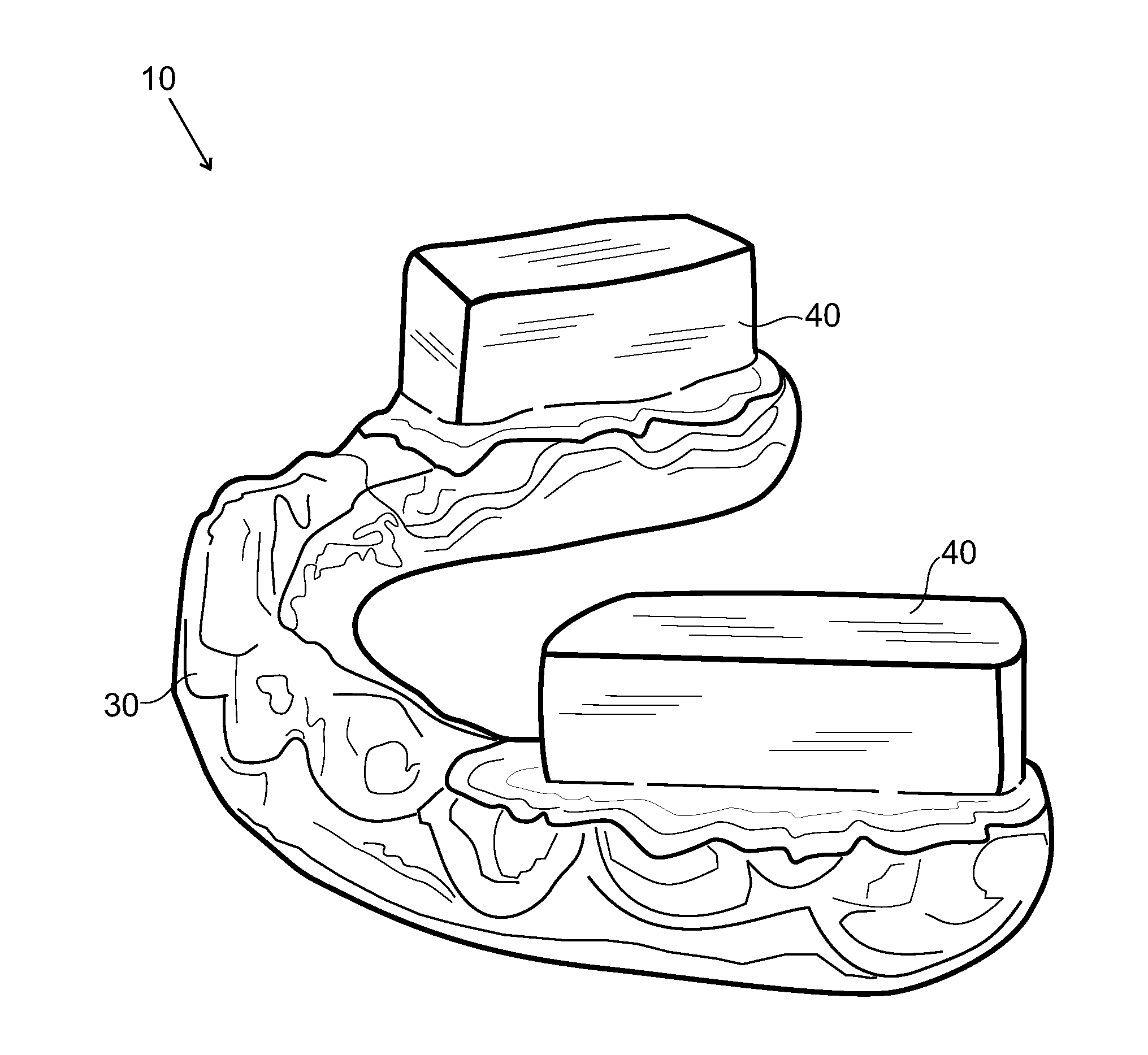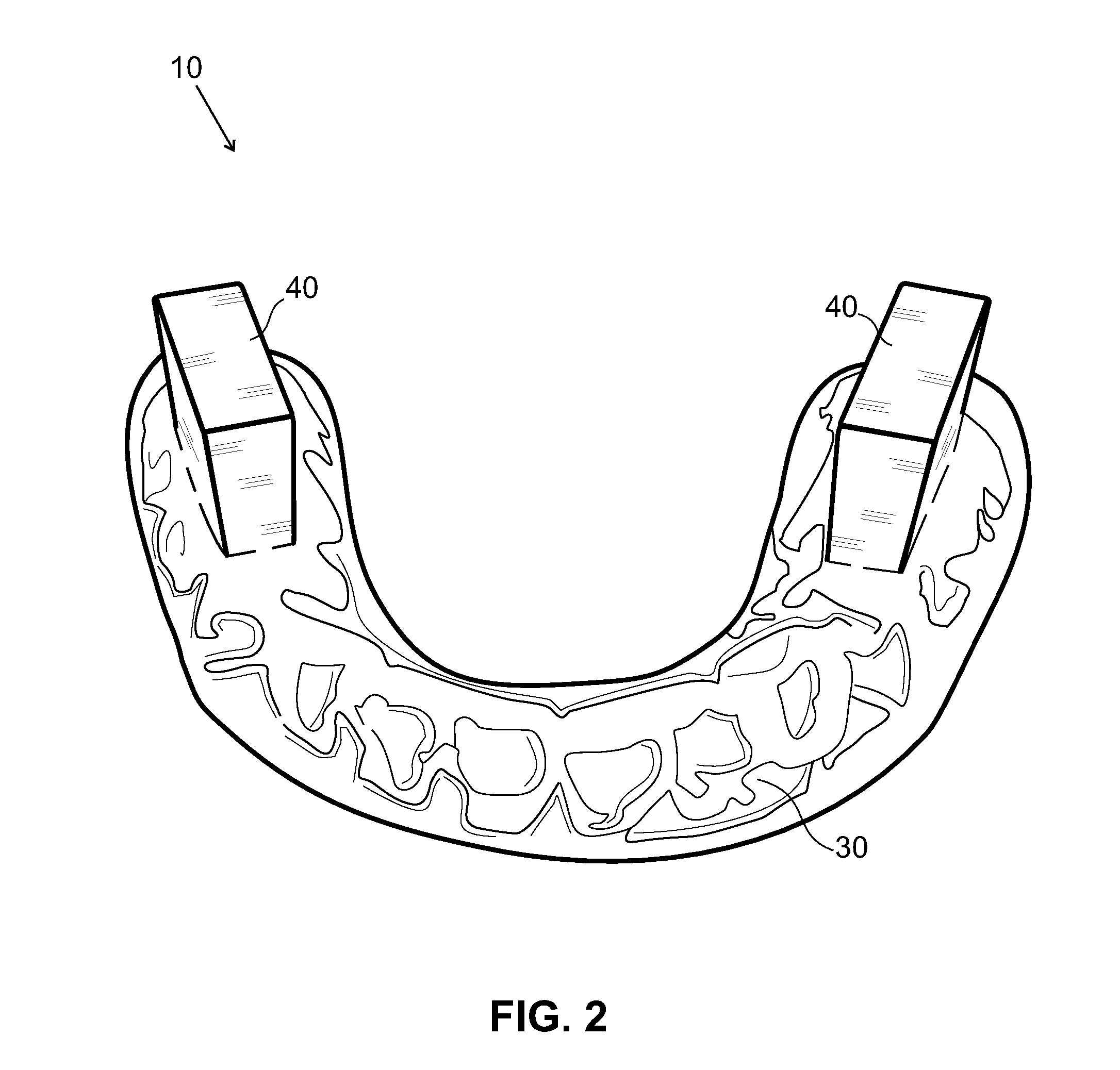Orthotic Device
a technology of orthotics and devices, applied in the field of orthotics, can solve the problems that no one has developed an orthotic that is sufficiently beneficial, and achieve the effects of reducing frequency and/or intensity, reducing pressure, and reducing clinical manifestations of neurologic or neuropsychological disorders
- Summary
- Abstract
- Description
- Claims
- Application Information
AI Technical Summary
Benefits of technology
Problems solved by technology
Method used
Image
Examples
Embodiment Construction
[0018]Reference will now be made in detail to various embodiments of the present invention, examples of which are illustrated in the accompanying figures. In the following detailed description, numerous specific details are set forth in order to provide a thorough understanding of the present invention. However, unless otherwise indicated or implicit from context, the details are intended to be examples and should not be deemed to limit the scope of the invention in any way.
[0019]In one embodiment, the present invention comprises, consists essentially of or consists of an orthotic device that comprises a first layer, a second layer and an arched trapezium. The term layer is used to differentiate components of the device, and portions of the device that are part of the same layer are preferably contiguous. As persons of ordinary skill in the art will recognize, the term layer does not in and of itself connote a limitation as to size, shape or configuration.
[0020]The first two layers ...
PUM
 Login to View More
Login to View More Abstract
Description
Claims
Application Information
 Login to View More
Login to View More - R&D
- Intellectual Property
- Life Sciences
- Materials
- Tech Scout
- Unparalleled Data Quality
- Higher Quality Content
- 60% Fewer Hallucinations
Browse by: Latest US Patents, China's latest patents, Technical Efficacy Thesaurus, Application Domain, Technology Topic, Popular Technical Reports.
© 2025 PatSnap. All rights reserved.Legal|Privacy policy|Modern Slavery Act Transparency Statement|Sitemap|About US| Contact US: help@patsnap.com



